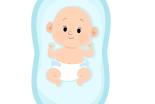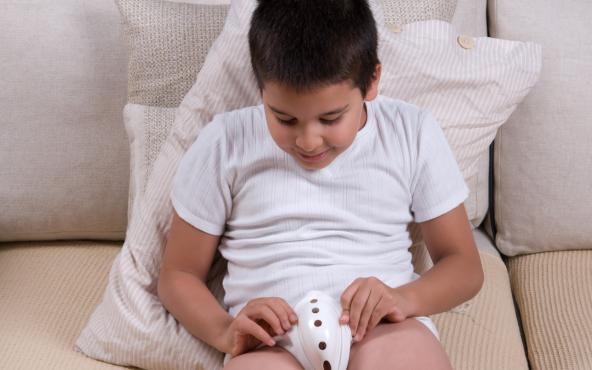We're hiring ! Join us and make a difference in our hospitals
Undescended testicle (cryptorchidism)

What is an undescended testicle?
During foetal development, the testicles normally descend from the abdomen into the scrotum between the 25th and 30th week of pregnancy.
This position outside the body keeps the temperature slightly lower than the body’s core temperature, which is essential for healthy sperm production later in life.
When this descent does not take place properly, it is called an undescended testicle or cryptorchidism.
This condition affects around 3% of newborn boys. In most cases, the testicle descends on its own during the first six months of life.
If this does not occur, surgical treatment is recommended.
Why does it need to be treated?
An undescended testicle can lead to certain long-term risks:
- Reduced fertility in adulthood
- Increased risk of testicular torsion or injury
- Slightly higher risk of testicular cancer
The goal of treatment is to bring the testicle into the scrotum as early as possible, ideally before the age of one year.
How is the diagnosis made?
Diagnosis is usually based on a physical examination:
the doctor feels the scrotum to check whether both testicles are present and assesses their size and position.
- If the testicle can be gently brought down into the scrotum and stays there, it is called a retractile testicle. In that case, only yearly follow-up is needed.
- If the testicle cannot be brought down, this is a true cryptorchidism, and surgery will be required.
If the testicle cannot be felt, an ultrasound or sometimes a laparoscopy (keyhole surgery) may be carried out to locate it more precisely.
Treatment
Surgery: orchidopexy
An orchidopexy is the operation to move the testicle down and fix it in the scrotum.
- The procedure is performed under general anaesthesia, usually as day surgery.
- The surgeon makes a small incision in the groin and in the scrotum.
- The operation takes about one hour.
If the testicle is located in the abdomen, a laparoscopic (keyhole) procedure may be required, in one or two stages depending on the length of the blood vessels supplying the testicle.
Advice for parents after the operation
A few simple measures at home will help your child recover comfortably:
Pain and comfort
Pain relief medication will be prescribed.
Your child may gradually resume normal activities as soon as they feel comfortable, but sports should be avoided for three weeks.
Wound care
- Keep the dressing clean and dry for one week.
- Showering is allowed, but baths and swimming should be avoided during this period.
- Some bruising or mild swelling of the scrotum is normal in the first few days.
Eating and drinking
On the evening after surgery, offer light meals such as soup, mashed potatoes or toast.
Your child can return to a normal diet the following day.
When to contact a doctor
Contact your doctor if:
- your child’s temperature exceeds 38°C for more than 48 hours,
- the wound becomes red, swollen or painful,
- bleeding persists.
Follow-up
A first check-up usually takes place about one week after surgery, followed by visits after one month and six months to confirm that the testicle remains in the correct position and is developing normally.
The stitches dissolve on their own and do not need to be removed.


